Key Takeaways:
- Pee pads can be a solution for cats with litter box issues or for convenience in certain situations.
- Training and gradual introduction are key for cats to accept pee pads.
- Pee pads may not be suitable for all cats, and preferences can vary.
Cats are known for their cleanliness and their use of the litter box is a testament to this trait. However, there are times when a cat owner might wonder, "Do pee pads work for cats?" Whether it's due to litter box issues, an elderly cat, or simply the need for a cleaner alternative, the answer isn't a simple yes or no. This article will delve into the effectiveness of pee pads for cats, exploring various scenarios and providing insights for pet owners.
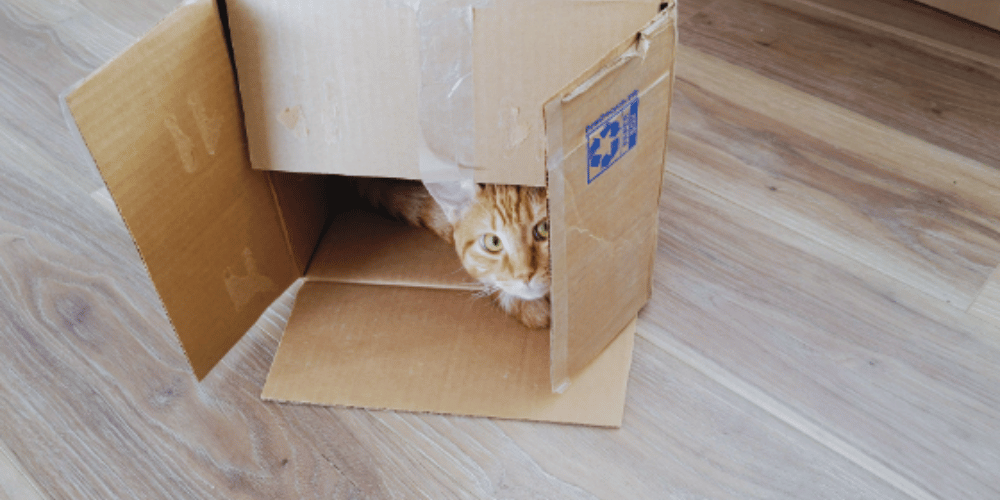
Understanding Pee Pads for Cats
Pee pads, also known as puppy pads or training pads, are typically associated with dog training. However, they can also be used for cats. These pads are designed to absorb urine and contain the smell, making them a potential alternative to traditional litter boxes. For a cat owner dealing with an elderly cat or one with mobility issues, pee pads might seem like a convenient solution.
Cats prefer a clean and quiet place to do their business, and pee pads can offer that. They are especially useful in multi-pet households where more than one cat might lead to overcrowded litter boxes. However, transitioning from a litter box to a pee pad isn't always straightforward and requires patience.
Transitioning Cats to Pee Pads
The key to introducing cats to pee pads is to do it gradually. Place the pad near the cat's current litter box to allow them to become familiar with it. Some cats might start using the pad immediately, while others may take time. It's important to remember that most cats are creatures of habit and may need encouragement to try something new.
For a senior cat or one with a medical problem, pee pads can be a gentle alternative to the litter box. These cats may find it easier to step onto a pad rather than into a box. However, it's crucial to consult with a vet to ensure that the transition is suitable for the cat's health and well-being.
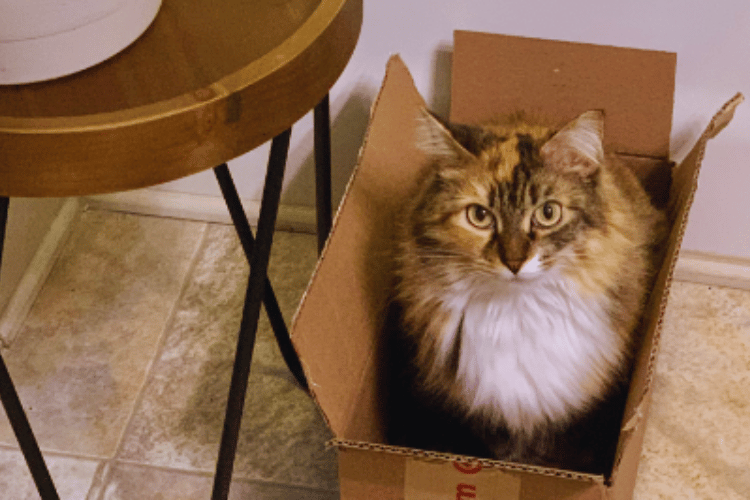
Pee Pads vs. Litter Boxes
When comparing pee pads to traditional litter boxes, there are pros and cons to consider. Pee pads are convenient and can be disposed of easily, making them a good option for cat owners who are away from the house for extended periods. They can also be a temporary solution for kittens who are still learning to use the litter box.
On the other hand, some cats may never take to pee pads because they prefer the texture and digging ability of litter. Additionally, pee pads can be more expensive over time than bulk-bought litter. It's important for a cat owner to weigh these factors before making a decision.
The Role of Scent and Texture
Cats have a strong sense of smell, and this plays a significant role in their bathroom habits. Pee pads are designed to control odor, which can be both a benefit and a drawback. While it helps keep the house smelling fresh, some cats may be put off by the scent of the pads or the lack of their own scent.
Texture is another important consideration. Cats like to scratch and dig in their litter, and the soft surface of pee pads might not satisfy this instinct. Offering a variety of textures, such as pellet litter or a mix of pads and traditional litter, can help cater to a cat's preferences.
Innovative Uses of Pee Pads Beyond the Litterbox Pee pads, commonly associated with puppy training, have found their way into the feline world as an innovative solution for various pet care challenges. For instance, cat owners have repurposed puppy pee pads to protect areas where their male cat has started spraying. By placing pads against the wall or under a favorite bed, the mess is contained and cleanup becomes a breeze. This approach not only saves the carpet but also eases the stress for pet parents who are tired of constant scrubbing and deodorizing.
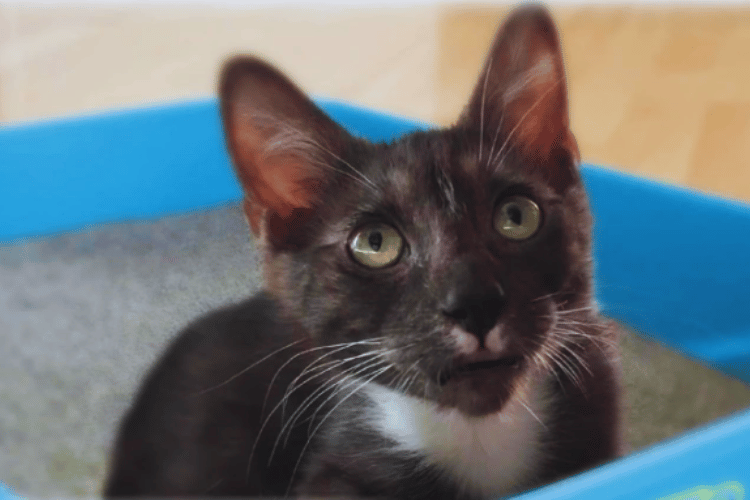
Moreover, these versatile dog pads can serve as a temporary cat box during travel or in situations where a traditional litterbox isn't feasible. Imagine you're visiting a friend's house or staying at a hotel; a pee pad can be laid out in a corner, providing a familiar and clean one-time toilet for your kitty. This not only prevents accidents on the floor but also offers a sense of comfort to your cat in unfamiliar surroundings. The ease of disposal and the lightweight nature of pee pads make them an excellent choice for on-the-go pet care.
Behavioral Insights and Pee Pad Solutions Understanding the behavior of our feline friends is crucial when integrating pee pads into their routine. For example, if you've adopted a new cat from the local shelter and realized that the kitty is not fond of the texture of traditional litters, introducing a softer pee pad may be the answer. Some cats prefer the gentle feel of a pee pad on their paws, which can encourage them to use it instead of the floor or furniture. Observing your cat's preferences and adapting to them can make a world of difference in maintaining a clean and harmonious home.
Additionally, in multi-cat households, tension can arise when other cats claim the litterbox territory, leaving the less dominant ones searching for alternative spots to relieve themselves. Here, strategically placed pee pads can provide a private and stress-free area for each cat. By placing pads in different locations, you allow them to choose their preferred spot without feeling threatened. This can significantly reduce incidents of peeing outside the tray and promote a peaceful coexistence among your furry family members. Customizing Pee Pad Areas for Your Cat's Comfort Cats are creatures of comfort, and creating a pee pad area that caters to their preferences can make all the difference. When setting up a pee pad for your son's cat, consider the location carefully. Cats typically prefer quiet, low-traffic areas where they can do their business without interruption. Ensure the pee pad is accessible at all times, but also out of the way of the cat's food and water bowls, as cats usually don't like to eliminate near where they eat.
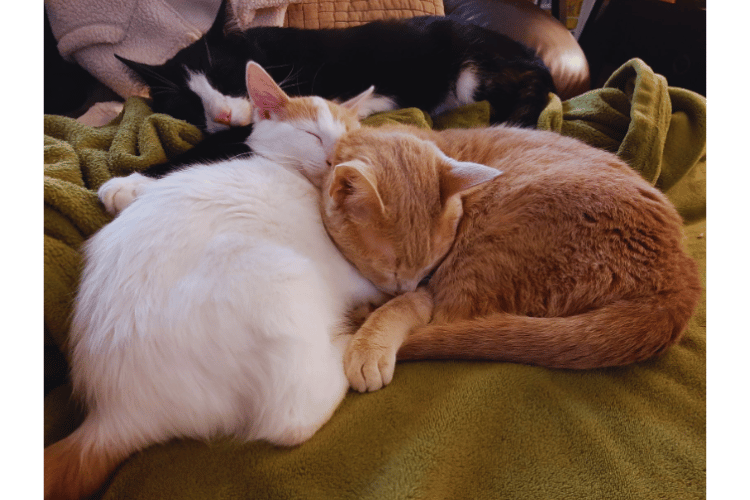
In addition to location, the texture and size of the pee pad are crucial. Some cats like a softer surface that mimics litter, while others may not be as particular. Observe your cat's behavior; if he'll walk on the pee pad and seems comfortable, you're on the right track. If not, you might need to try different types or brands. Remember, if your cat likes the setup, he's more likely to use the pee pad consistently.
Managing Odors and Hygiene with Pee Pads One of the challenges pet owners face with both dogs and cats is managing odors. Pee pads for cats are designed to lock in moisture and minimize smells, but they need to be changed regularly to maintain hygiene. For a single cat, changing the pee pad at least once a day is recommended, but if you have multiple pets or your cat likes to use the pee pad more frequently, you may need to do this twice a day or more.
Proper disposal of used pee pads is also essential to keep odors at bay. Invest in a small trash can with a lid, preferably one that can be operated with a foot pedal to avoid touching the lid with your hands. This can be placed near the pee pad area for convenience. Additionally, using a spray cleaner designed for pet odors can help keep the area fresh. Just make sure it's a cat-safe product, as their paws and noses are sensitive to harsh chemicals.
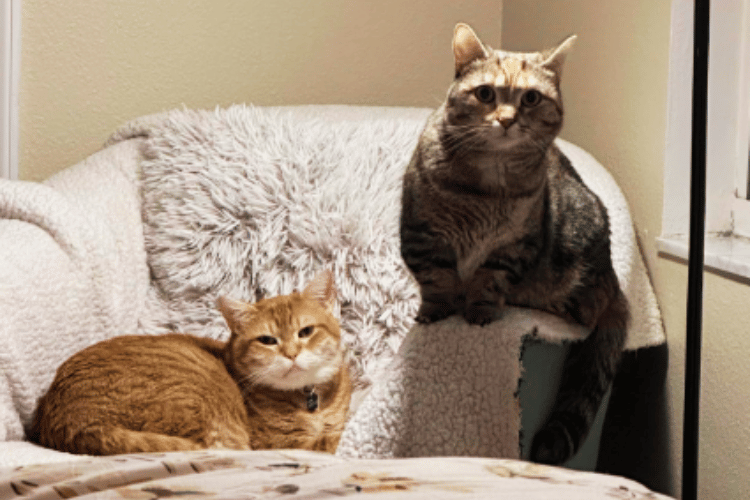
Choosing the Right Pee Pad for Your Cat
When selecting pee pads for your cat, it's essential to consider their individual preferences and habits. Some cats might be drawn to pads with a specific texture that feels good under their paws, while others may prefer a pad that makes minimal sounds when they move on it. For instance, if your son's cat is a half-Maine Coon with a penchant for soft surfaces, you'll want to find a pee pad that mimics this sensation to encourage use. The right pee pad can make all the difference in whether your feline friend accepts this new bathroom arrangement.
Moreover, the size of the pee pad is crucial, especially if you're dealing with a larger breed or a multi-cat household. A pad that's too small might lead to misses and accidents, which can be frustrating for both you and your pet. Ensure the pee pad is large enough for your cat to comfortably do their business—whether it's pee or poop—without stepping off the edge. This consideration is particularly important if you're transitioning a cat from a litter box to a pee pad, as they'll need ample space to adjust to the new setup.
Pee Pad Placement and Maintenance
Finding the perfect spot for your cat's pee pad is as important as choosing the right pad. Cats are creatures of habit, and they'll appreciate a quiet, accessible location that's free from the hustle and bustle of household traffic. Avoid placing the pad near their food or water, as cats typically dislike eliminating close to where they eat. If you're using a pee pad because your cat is confined to a cage for recovery or other reasons, make sure the pad is changed regularly to maintain hygiene and comfort.
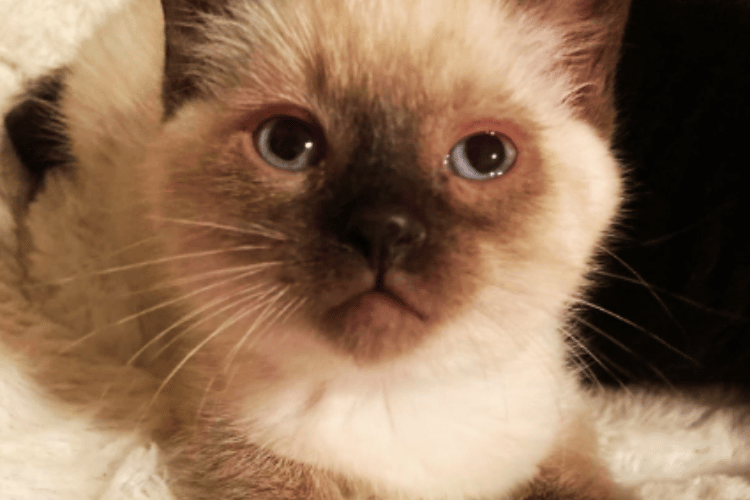
Regular maintenance of the pee pad is also key to ensuring your cat continues to use it. Cats are clean animals, and a soiled pee pad might deter them from doing their business there. It's recommended to check the pad at least once a day and replace it as needed. If you notice your cat is avoiding the pad or seems reluctant to step on it, it might be time for a fresh one. Keeping the pee pad clean not only encourages consistent use but also helps prevent any unwanted odors from permeating your home.
Health Considerations and Pee Pads
For older cats or those with health issues, pee pads can be a practical solution. Elderly cats with arthritis may find it painful to climb into a litter box, and a flat pee pad can provide relief. Additionally, cats recovering from surgery or those with incontinence can benefit from the easy access that pee pads offer.
However, it's essential to monitor a cat's health closely if they're using pee pads. Any changes in urination patterns or the amount of urine can indicate a medical problem, and a vet should be consulted immediately.
Multi-Cat Households and Pee Pad Use
In a house with more than one cat, pee pads can help manage litter box issues. Cats can be territorial, and sharing a litter box might not be ideal for them. Providing multiple litter options, including pee pads, can reduce stress and prevent accidents.
It's also important to consider the placement of pee pads in a multi-cat household. They should be placed in low-traffic areas where each cat can have some privacy. This can help prevent conflicts and ensure that all cats feel comfortable using the pads.
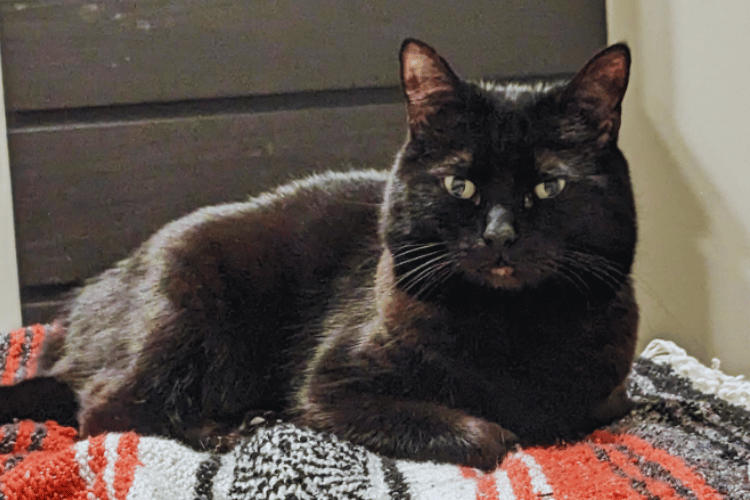
Training Cats to Use Pee Pads
Training a cat to use pee pads can be challenging, but it's not impossible. Start by placing the pad in a location where the cat has already had accidents. This can help them associate the pad with the appropriate place to urinate. Positive reinforcement, such as treats and praise, can also encourage a cat to use the pad.
For kittens, training pads can be a step towards using the litter box. They can be used to catch accidents and gradually moved closer to the litter box until the kitten makes the connection.
Environmental Impact and Alternatives
While pee pads offer convenience, they also contribute to waste. Eco-conscious cat owners might consider washable, reusable pads as an alternative. These pads can be laundered and used multiple times, reducing the environmental footprint.
Biodegradable pee pads are another option. Made from sustainable materials, they break down more quickly in landfills, offering a compromise between convenience and environmental responsibility.
Summary
Pee pads can work for cats under certain circumstances, such as with elderly or ill cats, or in situations where traditional litter boxes aren't practical. However, they may not be the best choice for all cats, as individual preferences for texture and scent can vary. Training and gradual introduction are crucial for success, and it's important to consider the environmental impact of disposable pads. Ultimately, whether pee pads are suitable for a cat depends on the specific needs and habits of the cat and the preferences of the cat owner.
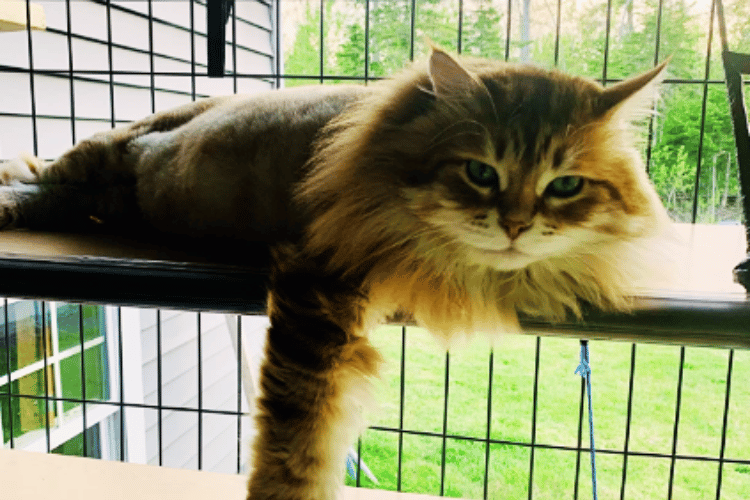
FAQ Section
Q: Can pee pads completely replace a litter box for a cat? A: While pee pads can be used as an alternative to litter boxes, especially for elderly or ill cats, they may not be suitable for all cats. Some cats may never adjust to using pee pads, preferring the texture and digging ability of traditional litter.
Q: How do I train my cat to use a pee pad? A: Start by placing the pee pad near the cat's current litter box or in an area where they have had accidents. Use positive reinforcement, such as treats and praise, to encourage your cat to use the pad. Be patient and consistent with training.
Q: Are pee pads environmentally friendly? A: Traditional disposable pee pads contribute to waste, but there are eco-friendly options available, such as washable, reusable pads and biodegradable pads made from sustainable materials. These alternatives can help reduce the environmental impact.
Thank you for visiting LegitLists we hope this helps you make a legitimate choice!






